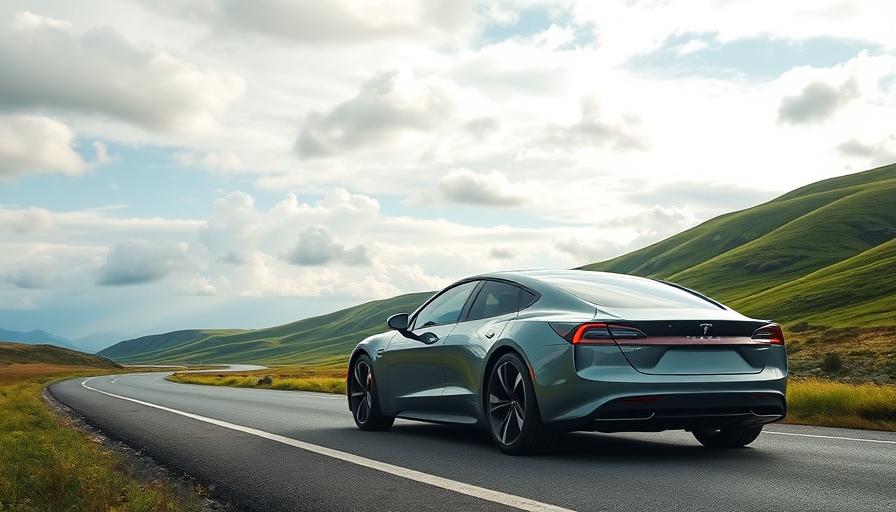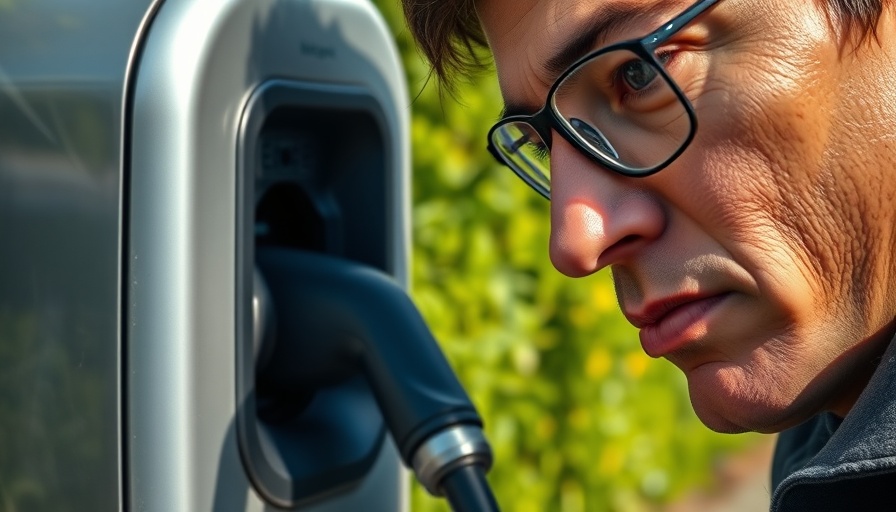
Kia Makes Waves in EV Charging Accessibility
In a significant move for electric vehicle (EV) owners, Kia has announced the rollout of North American Charging Standard (NACS) adapters to customers, with plans to provide access to the extensive Tesla Supercharger network by the end of the first quarter. This development not only enhances interoperability but also signifies Kia's commitment to supporting its EV users in navigating the charging landscape.
What Does This Mean for Kia EV Owners?
Customers who have purchased a 2024 or 2025 Kia EV9 or a 2024 Kia EV6 after September 4, 2024, will receive a complimentary NACS adapter, valued at $249. However, owners of earlier models will need to purchase adapters to access this fast-growing charging infrastructure. The NACS adapters allow for quick connection to over 16,500 DC fast chargers across the United States, significantly alleviating range anxiety among Kia EV owners.
Comparative Insights: Kia vs. Competitors
While major automakers are adopting the NACS protocol, Kia's approach to rollout and access terms reflects a more cautious stance compared to rivals like Ford, which initially offered free adapters to all existing users. General Motors, on the other hand, mandates that all customers pay for adapters—setting a contrasting benchmark in the market. This positioning could impact customer perception and brand loyalty among EV buyers, who may prioritize access and switching costs.
Timeline Adjustments and Customer Considerations
Initially slated for January 15, the access to Tesla Superchargers was postponed, prompting a noteworthy discussion regarding communication and customer expectation management. Observations from the EV community mentioned the temporary loophole that allowed early access by misidentifying vehicles as Hyundai models; however, this workaround appears to have been closed off recently. Customers eager to utilize Supercharging will therefore need to stay updated on accessing the official charging network.
Technical Specifications: What to Know About the NACS Adapter
It is important to note that Kia's official NACS adapters are rated at 350 amps, differing from other DC fast-charging technologies capable of reaching 500 amps. Although Kia's EV6 and EV9 operate at 800-volts—ensuring current doesn't exceed 350 amps—owners with multiple vehicles may find this specification noteworthy. The inclusion of cautionary notes from Kia highlights the importance of understanding these nuances for safe and efficient charging.
Final Thoughts: A Transformative Step for Kia's EV Initiative
Kia's commitment to enhancing its EV charging infrastructure through NACS compatibility and access to a robust charging network presents a transformative opportunity. As the demand for electric vehicles surges and infrastructure evolves, understanding these technical and practical developments is key for Kia owners and dealership managers alike. This proactive approach could very well set a precedent for future customer expectations and market alignment.
 Add Row
Add Row  Add
Add 




Write A Comment